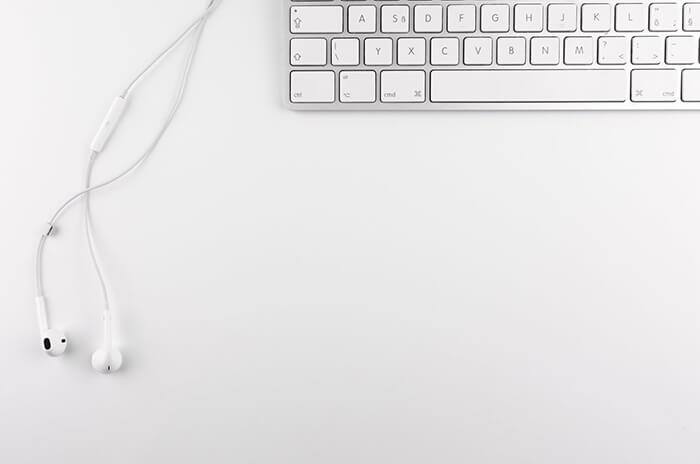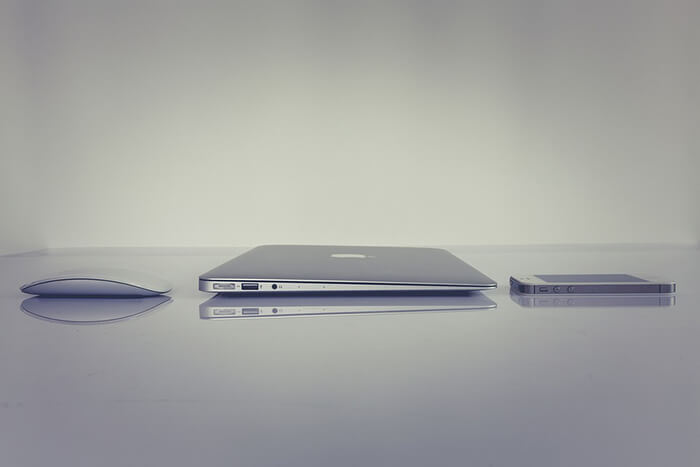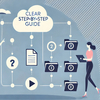
Decades of mindless consumerism are now pushing people towards simpler ways of living. It is quite shocking to see how many useless things we have been buying for years and years. Common sense seems to be slowly taking over this mess as we are witnessing the dawn of minimalism.
Of course, you will find people who take it to the extreme – the minimalists. They tend to deprive themselves of many things living in the most basic environment, practically in austerity. This is a matter of personal choice, of course. The overall minimalism trend seems to be quite mild and friendly. We are gradually getting used to these ideas as a society.
When Google introduced its Material Design, it was a little bit awkward for the general audience. But soon, everyone was able to see how a simpler form does bring a clearer message. Even when your mobile device has five screens of icons — if these icons depict a basic symbol reflecting their functionality, you won’t be confused. Minimalistic design of electronic devices, clothing, furniture… Minimalism in user manuals? Why not!
Technical writing is evolving steadily. It moves from paper to PC and mobile screens refusing to cause damage to forests; it offers more options for people with dyslexia, the visually impaired, people with various kinds of special abilities. Wouldn’t it be simply natural for technical documents to become minimalist?
Concepts of Minimalism in Tech Writing

Here are some general concepts of minimalism in user manuals:
- Not every feature is described. This may sound blasphemous, but it is crucial in case of tech writing minimalism. Keep reading to grasp this idea.
- Users are allowed to discover some features by themselves. They’re not necessarily led through each and every functionality. They are not exploring a product blindly but instead receive specific, more general guidelines.
- Help topics are very concise. They get straight to the point allowing no space for anything that can be considered ‘not that important’.
Minimalistic technical writing looks like some purified essence of regular help authoring. It does sound pretty impressive, however, it is not easily attainable.
The main prerequisite for creating minimalistic help topics is the high quality of product architecture. If a piece of software is not intuitive and poorly developed, there’s no way users can explore it successfully. Well, they can, I guess, but the frustration of the process is going to ruin it for them.
Another serious matter is how skilled the doc team is. Often it is way more challenging to put something into simpler words than writing a wall of text. But this is how you can actually tell a skilled technical writer from a novice. Being able to leave out unnecessary details is one of the top technical writing skills for sure.
Conclusion

Minimalism in technical writing is an exciting approach that requires perfect execution. Otherwise, you will end up with shallow documents that barely scratch the surface of what the reader needs. High quality of the product described, great collaboration between teams, and excellent tech writing skills of the doc team are required to make this work.
Good luck with your technical writing!
ClickHelp Team
Author, host and deliver documentation across platforms and devices



